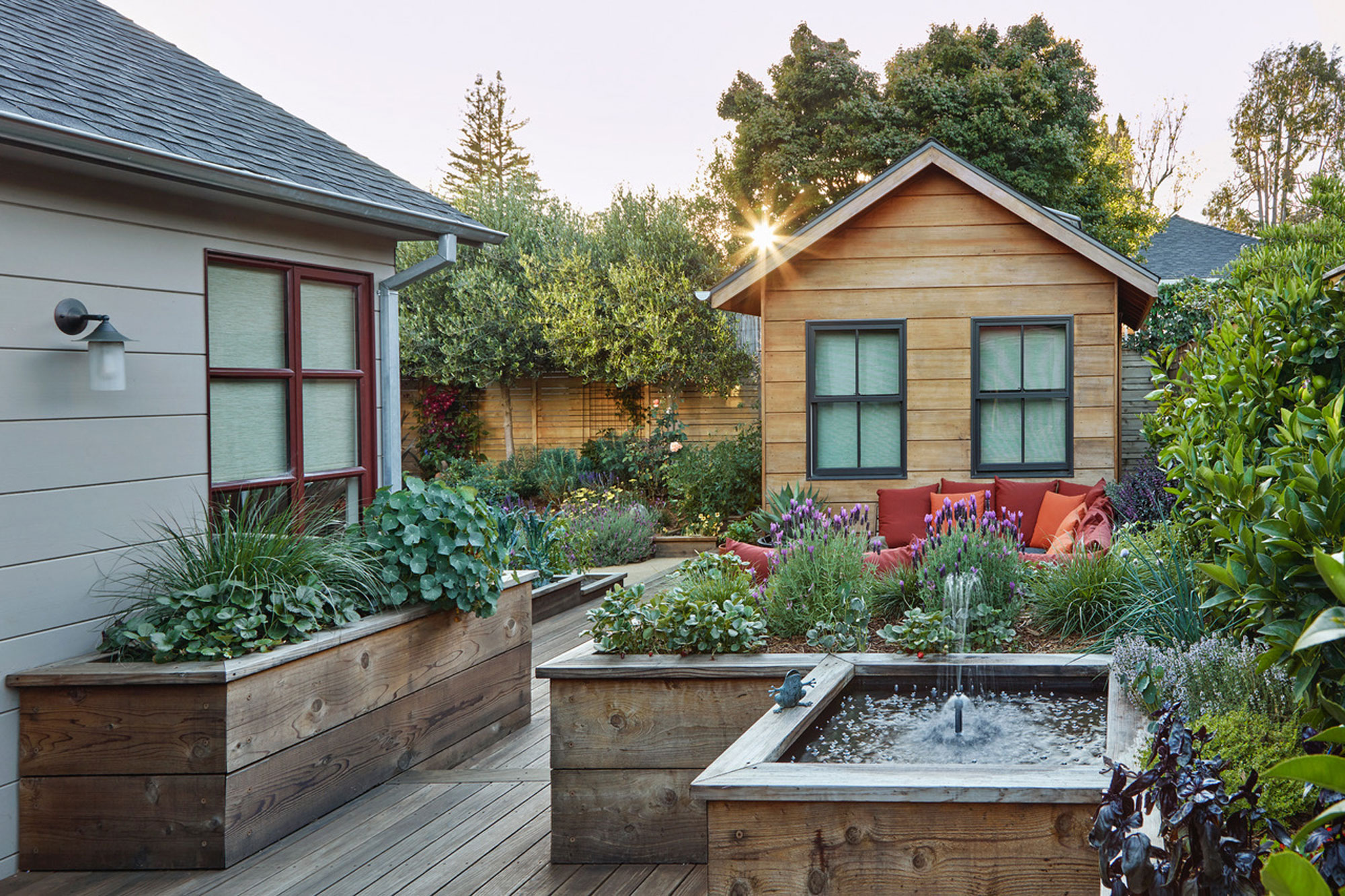
Think you've heard every gardening trick under the sun? Think again. There's one you're almost certainly overlooking, and for this one, you'll want to turn to the moon.
When we think of the weather patterns needed to cultivate a healthy garden, we think of the perfect balance of sunshine and rain. What we don't consider, however, is how the mysteries of the night impact our plants. Planting by the moon is an organic gardening practice that encourages gardening in harmony with the lunar phases to optimize plant growth. While it might sound a bit woo-woo, we all know the moon's gravitational pull has a big influence over the likes of tide patterns, so incorporating its patterns into our gardening regime makes more sense than you might think.
To find out more about this ancient practice and how to apply it to your own garden, we asked some experts to tell us more. Here's all you need to get started with this more unusual garden trend, and why it could be exactly what's needed to give your backyard a boost.
What is lunar phase gardening?
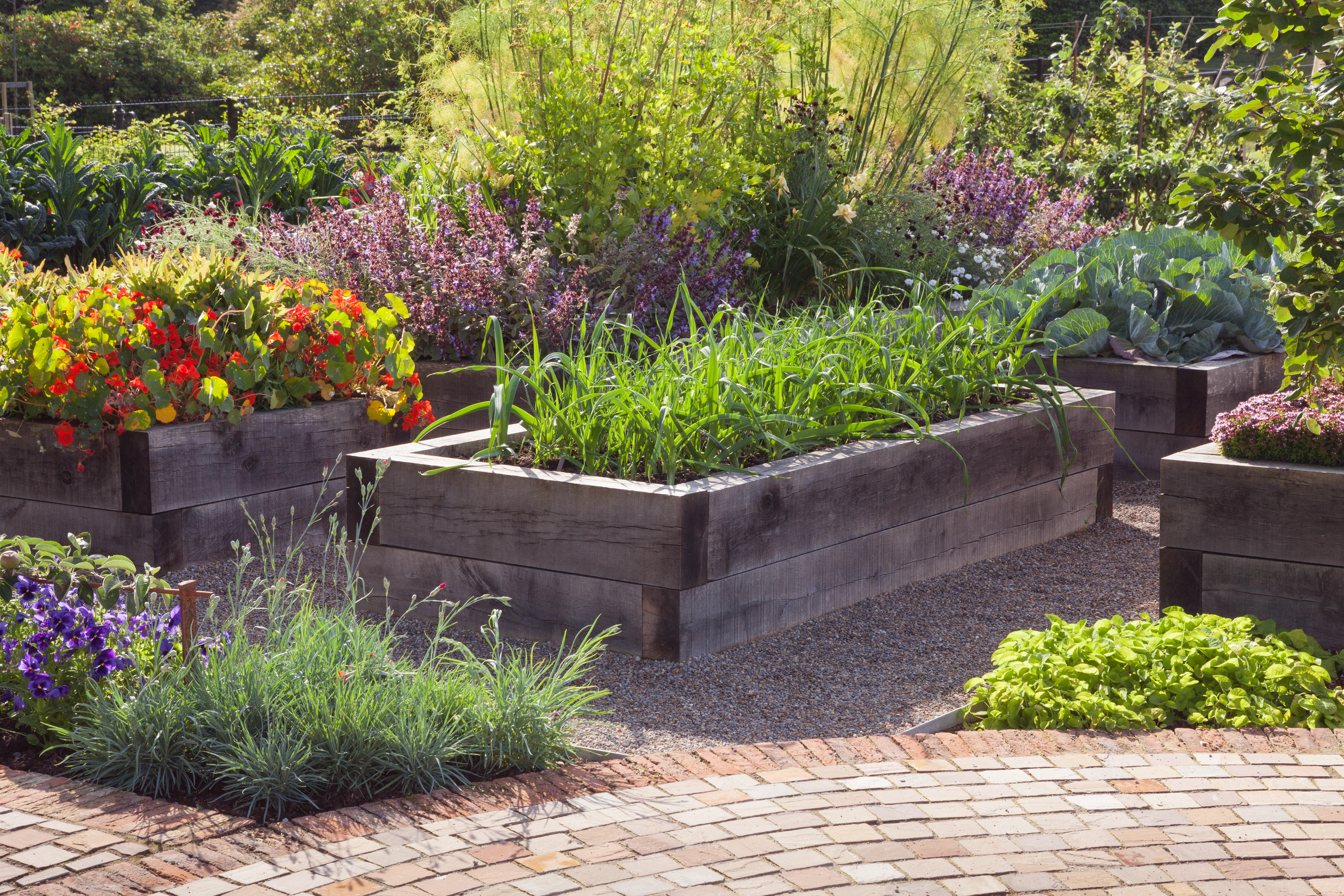
Planting by the moon - also known as lunar phase gardening - is all about keeping track of the different lunar phases and how these influence the growth of your plants. It's a key element of biodynamic gardening, but the traditional practice goes back centuries. The question is, how does it work?
'At its core, lunar phase gardening is a practice rooted in the belief that the moon's gravitational pull affects soil moisture, influencing plant growth,' explains Tony O'Neill, gardening expert at Simplify Gardening. 'Gardeners who abide by this method therefore time their sowing, planting, and pruning activities according to specific phases of the moon.'
Put simply, during the waxing phase (the time when the moon appears to 'grow' from a new to full moon), the increasing moonlight is believed to benefit leafy plants that grow above ground. On the other hand, the waning phase (when the moon appears to diminish from the full moon to a new moon) is considered a better time for root plants, therefore making it the ideal time to plant root crops.
Gardeners who employ this idea in their backyard use each phase to dictate the ideal time to grow and nurture their plants. 'For example, during the new moon phase, the moon is not visible in the sky, and it's a good time to plant above-ground crops like lettuce, spinach, and other leafy greens,' explains Richa Kedia, gardening expert and blogger at Nursery Lady. 'This is because the moon's gravitational pull is weaker during this phase, allowing more water to be available near the surface of the soil.'
Which plants does lunar phase gardening work best for?
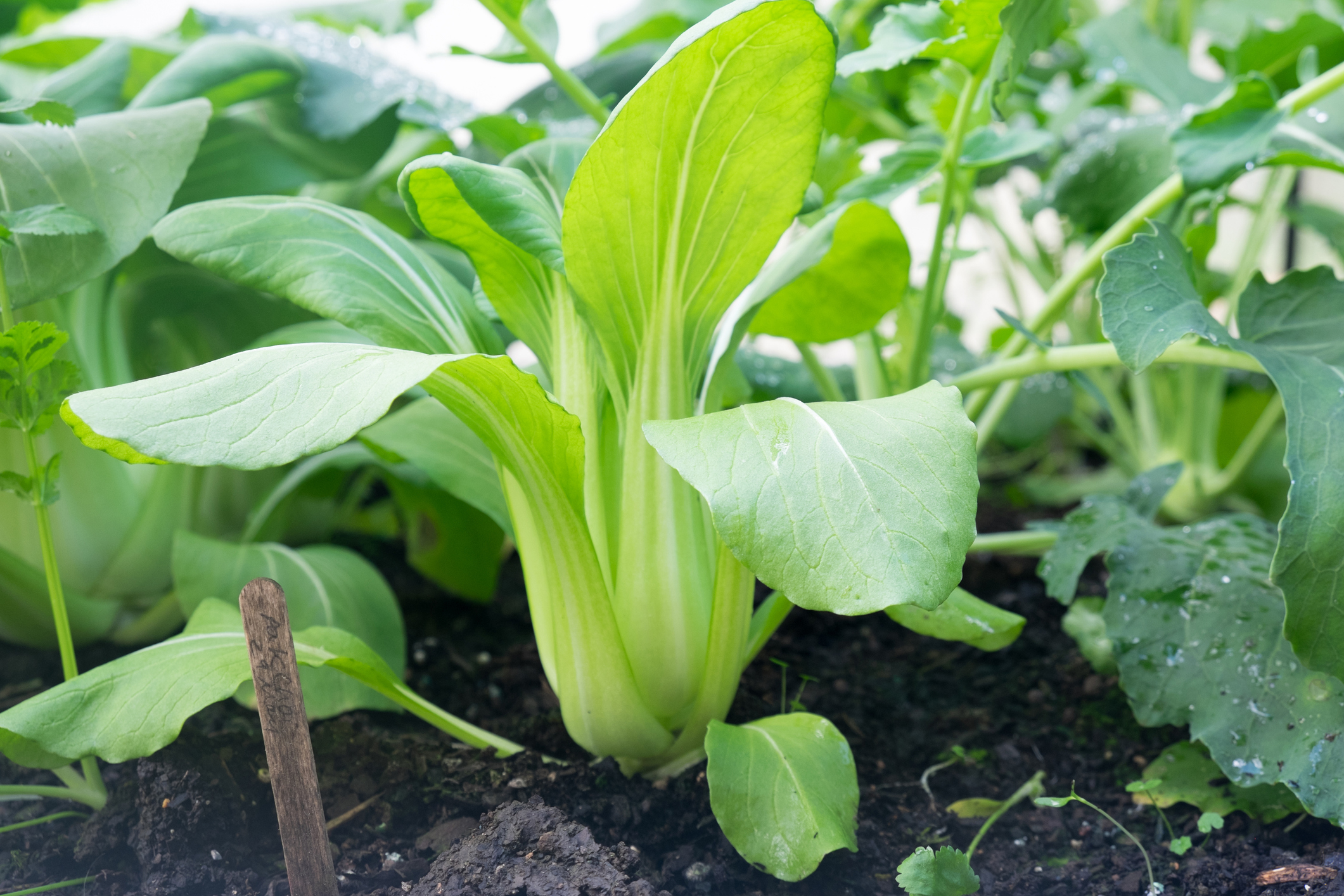
Before you become spellbound by the prospect of planting by the moon, it's important to note that different plants react differently to lunar phases. 'As mentioned, leafy vegetables and grains tend to be sown during the waxing moon, emphasizing above-ground growth,' notes Tony. 'On the other hand, root crops like carrots, radishes, and perennials may be preferred during the waning phase when below-ground energy is believed to be maximized.'
Since fruiting crops - such as tomatoes, cucumbers, and peppers - grow above ground, they also fall under the category of plants most influenced by the waxing moon phase. 'This is because the increasing gravitational pull of the moon during this phase is believed to stimulate plant growth, which is important for the growth of fruiting crops,' says Richa.
So far, we've only mentioned vegetable gardening. This is because we want the healthiest crop possible when growing our own edible produce, and the success of our gardening endeavors are more easily measured (by, say, the size of your turnips or the number of tomatoes). However, there's no reason you can't apply planting by the moon to flowers and shrubs, either.
'Flowers, such as roses, daisies, and marigolds, are typically planted during the waxing moon phase,' says Richa. 'This is because the increasing gravitational pull of the moon during this phase is believed to stimulate plant growth, which is important for the growth of flowers.'
Does planting by the moon actually work?
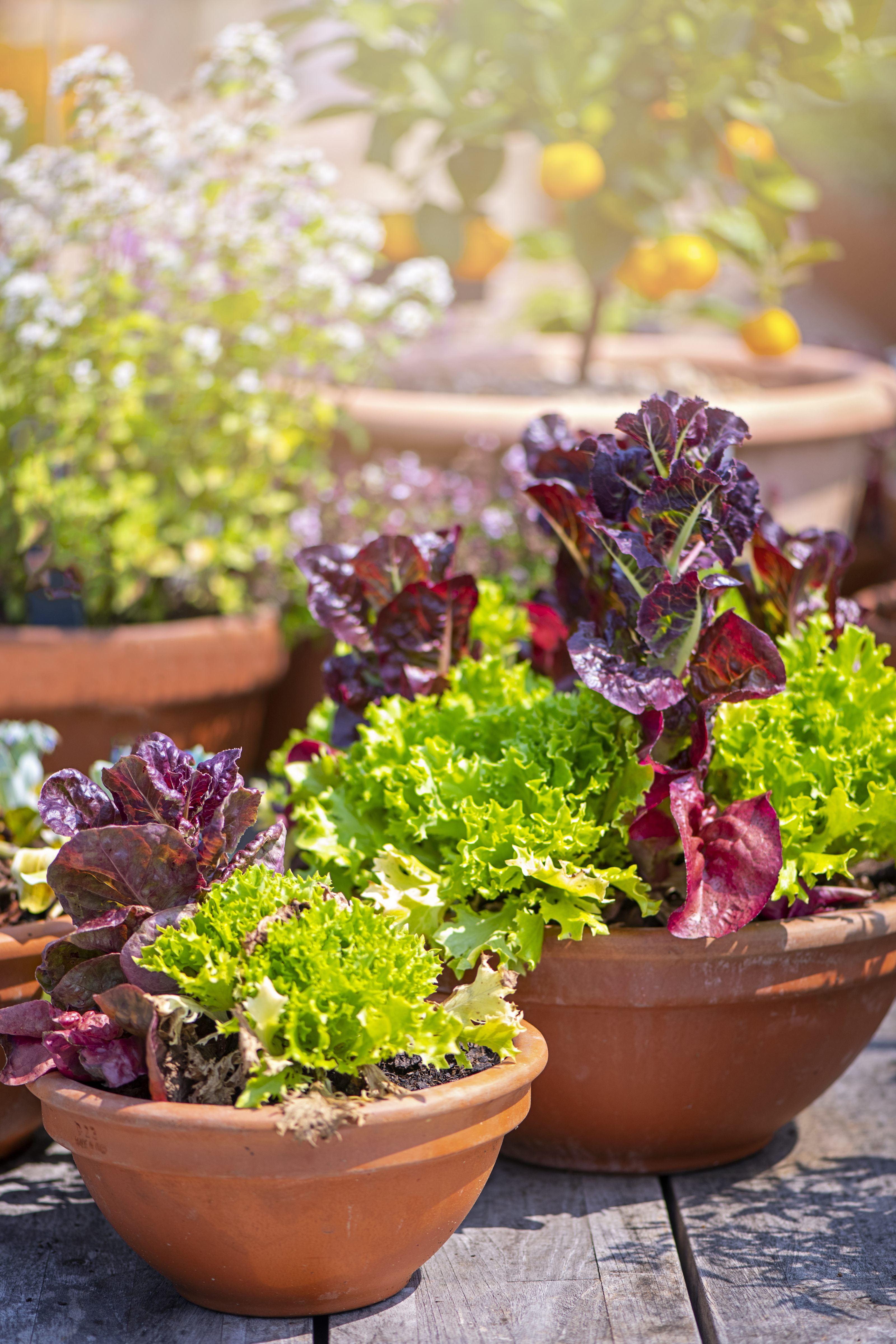
Lunar phase gardening might sound a bit hippy-dippy in the context of more modern gardens, and while scientific research into the technique is sparse, there's reason to have faith in its efficacy.
For starters, the moon does control tidal patterns, so linking it with the moisture of our soil isn't far-fetched. 'Some gardeners believe that the moon's gravitational pull affects the moisture content in the soil, which can impact plant growth,' says Richa. 'Others believe that the moon's phases can influence the sap flow in plants, which can affect their growth and development.'
That being said, scientific evidence to support such claims is hard to come by. As Tony notes, the debate around the effectiveness of lunar gardening is as old as the practice itself, but the good news is, planting by the lunar calendar isn't going to have any adverse effects, so it's worth giving it a go! 'Understanding these lunar cycles can, at the very least, serve as a structured gardening calendar that encourages regular interaction with one’s plants,' he says.
How to get started with lunar phase planting
Keen to give lunar phase gardening a try? You've got nothing to lose, and it could make a big difference to the health of your plants, but here are four things to keep in mind before you start.
1. Start simple

Like any gardening method, don't overwhelm yourself by being too ambitious. Focus on applying it to just your container gardening, raised beds, or flower beds and see if you notice a difference before using it across your wider yard.
'Begin with a few plants and observe their growth over different lunar phases,' says Tony. 'Journaling your observations will allow you to notice patterns or discrepancies in your plants' behavior about the moon's phases.'
2. Do your research
There's a lot of information, and misinformation, out there on lunar phase planting, so make sure you use trusted sources for your research. 'Make sure you read up on the method and consider connecting with fellow gardeners who practice it,' says Tony. 'Being part of a community can provide invaluable insights.'
3. Choose the right plants
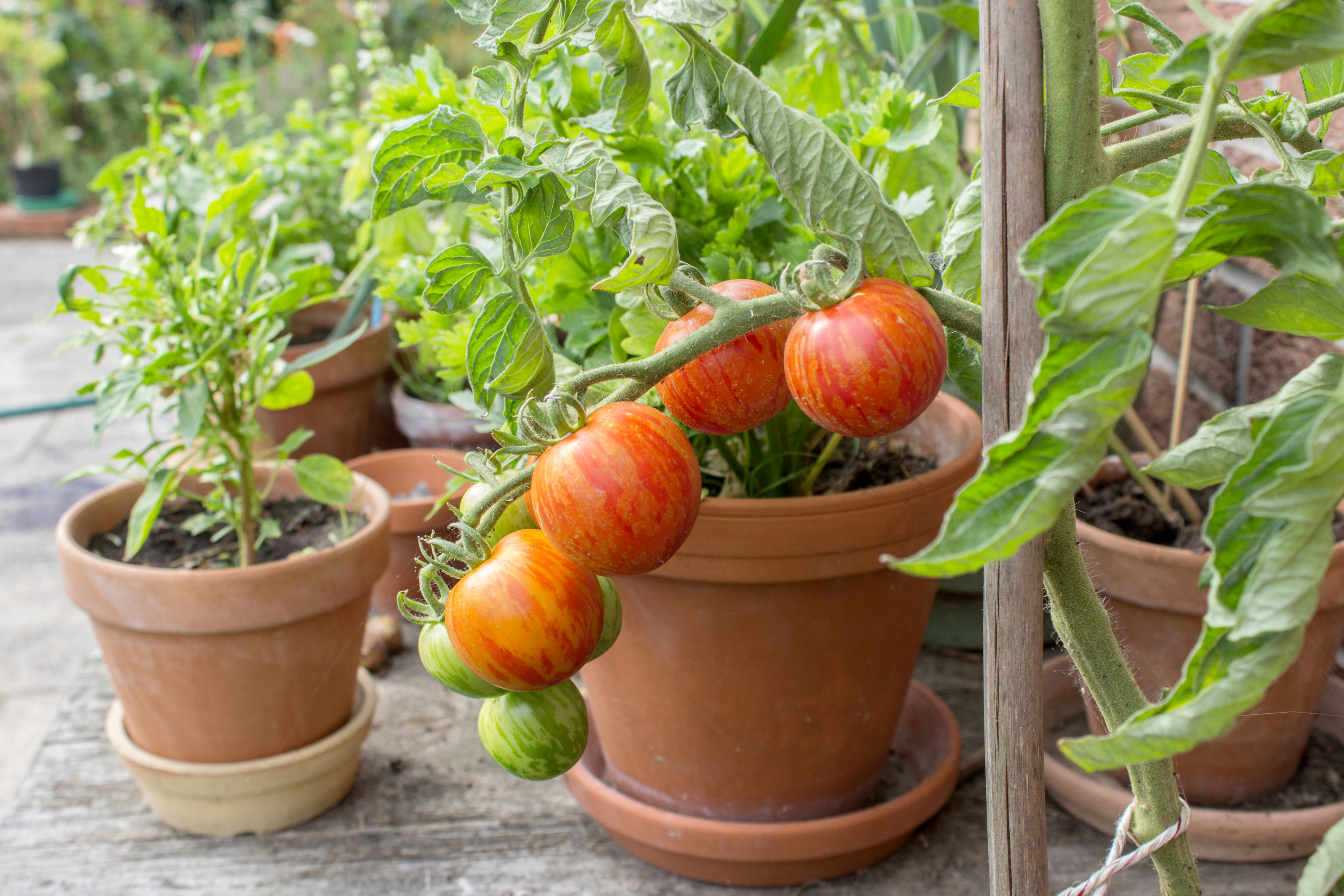
Much of the efficacy of planting by the moon is dependent on which types of plants you choose to grow. 'Be sure to choose plants that are well-suited to your climate and soil type and appropriate for the amount of sunlight and water available in your garden,' says Richa. 'Consider starting with easy-to-grow plants, such as herbs, tomatoes, and peppers.'
4. Keep an open mind
Last but not least, keep an open mind about this unconventional practice, and don't give up on it if you don't notice any positive results straight away. 'Gardening is a learning process, so don't be discouraged by setbacks or failures,' says Richa. 'Use them as opportunities to learn and improve your gardening skills.'
Finally, think of moon planting as just one facet within a more holistic approach to gardening, and don't rely on it entirely. 'While the jury is still out on the hard science of lunar gardening, the practice can foster a deeper connection to your garden and the natural world,' says Tony. 'Appreciate it for the mindfulness and rhythm it can introduce to your gardening routine.'







